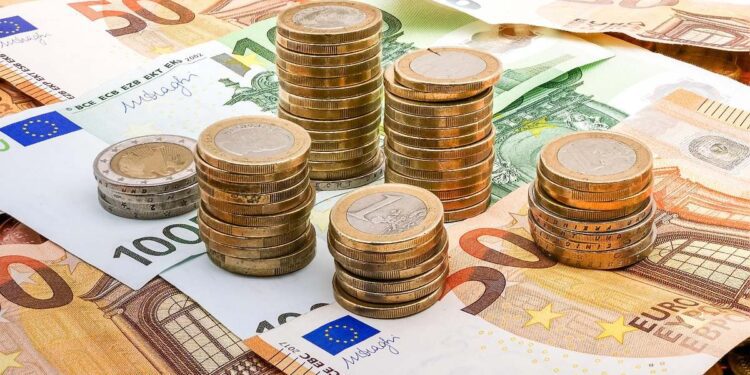Inflation brings positive news for the eurozone again. The Consumer Price Index (CPI) slowed down from 2.6% year-on-year to 2.4% in March, according to preliminary data published on Wednesday by Eurostat. This decline is greater than expected by the consensus of economists, who estimated a minimal drop to 2.5%. This is the lowest reading since July 2021, confirming the deflationary trend observed in the region since the peak of 10.6% in October 2022. The same has happened with the core CPI (excluding more volatile categories such as energy, food, alcohol, and tobacco), which is more persistent and has received more attention in recent months: it decelerates from 3.1% to 2.9%, one-tenth more than expected. In the case of the core reading, it is the lowest since February 2022. All these numbers increase pressure on the European Central Bank (ECB) to lower interest rates soon. However, it seems unlikely that the central bank will make this move at its April meeting, and everything indicates that it will do so in June.
Economists already anticipated the possibility of a greater-than-expected decline in inflation since March readings decreased considerably in the region’s two largest economies, France and Germany. Additionally, although they rebounded, the readings for Spain and Italy did so less than expected, contributing to the deflation narrative, which, combined with the clear stagnation of the European economy, directs all eyes to Frankfurt to urge the ECB to relax the cost of money. However, although this decline in inflation is good news for the ECB, the rigidity of service inflation and uncertainty about high wage growth lead analysts and markets to predict that the first rate cut will not occur until June.
In fact, the services category, closely linked to the aforementioned wage pressures, has once again been one of the negatives in Eurostat’s figures. Service CPI remained stuck at 4% year-on-year for the fifth consecutive month, showing its persistence. On a monthly basis, the increase in services was a significant 0.7%. Another unfavorable point has been energy: although the category remains in deflation, its decrease of -1.8% is lower than the -3.8% recorded in February. The base effect – comparison with the data from 12 months ago – has worked against it this time.
On the other hand, categories such as durable goods have contributed to the good data, decreasing from 1.6% in February to 1.1%. Also, fresh foods (unprocessed) helped, falling from a 6.9% year-on-year to 2.1% in February and registering -0.4% in March. Likewise, inflation for processed foods, alcohol, and tobacco decelerated from 4.5% to 3.6% last month.
“The decline in core inflation was entirely due to lower inflation in non-energy industrial goods, as service inflation remained at 4%, as in the last five months. Labor intensity in service production and high wage growth make service inflation much more persistent than core inflation of goods,” explains Rory Fennessy, senior economist at Oxford Economics.
“We believe that the ECB will start lowering rates in June. Although core inflation has decreased, the persistence of service inflation and the ECB’s desire for more wage data make a rate cut in April unlikely,” Fennessy adds.


